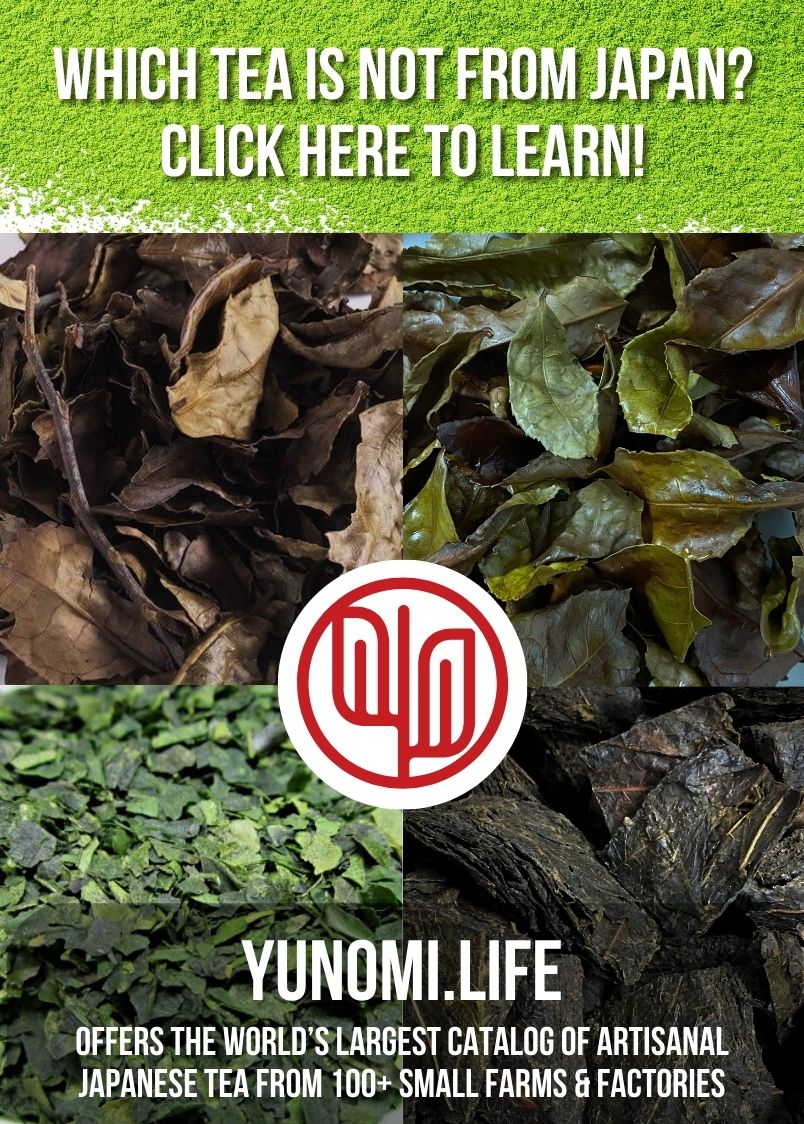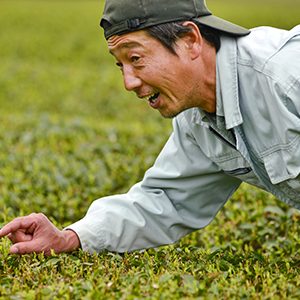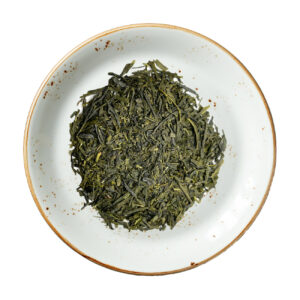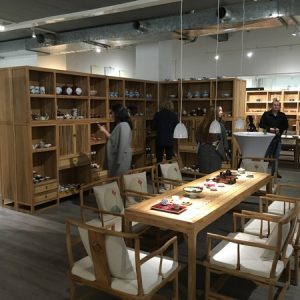Jasmine Pearls, Crafted for a Reason
moli xiǎo lǒng•zhū 茉莉小龍珠
Little Jasmine Dragon Balls, aka Dragon Pearls, Jasmine Pearls, Honey Pearl Pekoe, etc
origin: Eastern Fujian ( now many other regions )
orientation
In my experience, this little pearls have been an all time best sellers because they look nice, smell good and the taste of tea infusion is very simple and pleasant to take in as a daily routine for most novice tea drinkers. Can’t possibly make a bitter tea with them unless you very exaggeratedly put in too much tea. This is a great tea for people with no previous tea experience to start a tea habit with.
Some people mistake this as a white tea because it looks white. This is a green tea scented with jasmine flowers. It looks white because the downy leaf shoots that the pluckers collect from the tea bushes are even “whiter” than that. They have not gone through a slight fermentation process, but rather go straight to baking after a brief withering, as all baked green teas do.
origin
Although scenting tea with jasmine flowers has been a local craft in eastern Fujian for centuries, rolling pekoe shoots into pearls made way into the market only a couple of decades ago. This is a diversification of products producible with the Da’bai strand of cultivars widely adapted by the rising number of tea farms in the late 1980’s.
Flaky little leaves that break easily and are so bulky in transportation can now be a lot easier to handle when its density increases a few times and much less likely to flake when in the bead shape. Pretty much like how tieguanyin giving up the traditional long leaf shape for the half bead shape for packing triple the amount in a carton for export and saving dramatically in lessening breakage through handling.
The bead form is a packaging solution not only for the trader but for the consumer as well. Ease of handling both before and after the leaves are used as much to the enjoyment of this tea as its appearance. It also takes the pearl longer to let its content thoroughly infuse into the liquor so there is the value and possibility of repeated infusions and more flexibility in infusion play, which is not so common place for green teas.
Jasmine Centres
The scenting centre used to be in the provincial capital of Fuzhou on the eastern seacoast in the middle of the province. Cha’pei (i.e. the tea that is to be scented) used to be shipped in from the 160 km radius for the flower season in July and August. Both the purity of the flowers and sweetness of the tea made probably one of the finest scented tea in all Chinese productions.
However, as China’s economic reforms brought about the free enterprising spirit to the remote villages in the province of Guangxi, a few hundred kilometers southwest from Fujian, and much warmer climate for more rounds of jasmine harvest, the backward county Hengxian soon becomes the scenting center for all of China. The lower labour costs there was another success contributing factor. Initially tea was trucked in from neighbouring provinces for scenting, and recently tea cultivars used to be native of these tea provinces are being planted here in Guangxi to save further on transportation. The teas are not the same as they were produced in the original provinces and the flowers more pungent than those in Fuzhou.
There are still producers who truck in tea from their origins for both their pride and quality competitiveness, but the aroma of the final scenting can never be as fine as it was in Fuzhou.
With all my complains, however, there is an upside to this — maintenance of the price — and thereby the value for the tea has been kept quite reasonable throughout these decades because of the shift of the scenting center, amongst the actual near double-digit inflation in the country year to year.
Smaller scale jasmine scenting of various quality is still active in different parts of China south of the Yangtze.
health note
Although this is basically a baked green tea and has the corresponding TCM properties as such, the scenting process and the thickness of the pearls subject the tea to a few more rounds of deep baking, thereby neutralizing some of its “chilling” property. This makes it friendlier to the weaker stomachs than some other green teas.
However, there is a tendency for people to soak the Xiao Longzhu in water for a long time because it would not be bitter anyway. This is not advisable cause less desirable matters in the leaves would come into the tea liquid and form in there. The resultant liquid can cause discomfort in a weak stomach. Like any other tea, decant after the desired infusion time and drink while the liquid is still hot. <read more about infusion>
market note
- Jasmine Silver Pearls, aka Honey Pearl Pekoe, Moli Xiao Longzhu 茉莉小龍珠, is a premium scented green tea. This one is a premium quality from Fujian
- jasmine Pearls, aka Jasmine Dragon Pearls or Moli Longzhu 茉莉龍珠 is a crafted jasmine green tea produced in many regions
- Xu Ri Dong Sheng 旭日東昇, a crafted tea made with apical dabai green tea and the flower of globe amaranth.
- Jasmine Maofeng 茉莉毛峰, a scented higher quality green tea produced in many regions in China. This one from Sichuan
The wholesale price for each grade of Xiao Longzhu is pretty much consistent because of open competition. However, the quality itself can be quite different regardless of the look. Tea produced in Guangxi has been more preferred for the price rather than for the taste. Transplanting of quality cultivars is not changing the growing environment and the teas from northeastern Fujian, such as Fuding and Zhenghe, are much better as a tea for their subtle finesse in taste. The quality of the cha’pei matters as much as that of the scenting process. Really fine ones are particularly tiny, with silvery buds and a nice green tea in its own rights.
However, this does not mean buying in Fujian would guarantee you an original Fujian quality. Guangxi tea, already scented, can be sold in Fujian too. The producer/wholesaler/retailer saves one round of transportation anyway.
Another key is timing. Jasmine comes about as early as May in Guangxi. The existence of a group of people who are eager to do the buying early encourages producers to scent as early as possible to take that market share. Traditional producers do not begin scenting until July, when the flowers, whether in Fujian, Guangxi or elsewhere in China, are the most fragrant. Some even say August.


















